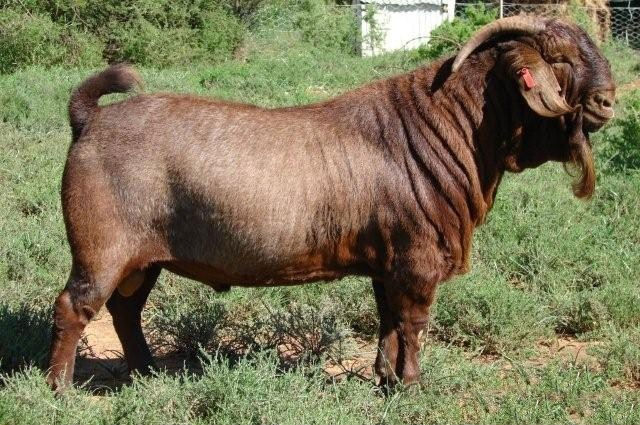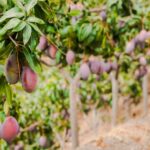Kalahari Red goats, renowned for their adaptability, hardiness, and superior meat quality, have become a popular choice among livestock farmers in South Africa. Originally bred for harsh semi-desert conditions, these goats thrive in various environments and offer numerous benefits to farmers. In this article, we’ll delve into 10 key aspects of breeding and farming Kalahari Red goats in South Africa, providing valuable insights for both seasoned breeders and newcomers to goat farming.
1. Origins and Characteristics:
Kalahari Red goats trace their origins to the arid regions of South Africa, particularly the Kalahari Desert, where they developed unique traits suited to hot, dry climates. Known for their distinctive red coat, strong constitution, and adaptability, these goats have gained popularity for their meat quality and performance under challenging conditions.
2. Meat Production:
One of the primary reasons for breeding Kalahari Red goats is their exceptional meat quality. These goats produce tender, flavorful meat with low fat content, making it highly sought after by consumers. Farmers can capitalize on the growing demand for premium goat meat in local and international markets.
3. Adaptability and Hardiness:
Kalahari Red goats are renowned for their adaptability to various climatic and environmental conditions. They are well-suited to semi-arid and arid regions, thriving in hot temperatures and sparse vegetation. Their ability to forage for food and withstand harsh conditions makes them a resilient and low-maintenance livestock option.
4. Breeding Programs:
Establishing a successful breeding program is essential for maximizing the genetic potential of Kalahari Red goats. Selective breeding based on desirable traits such as meat quality, fertility, and disease resistance can lead to improved herd performance and profitability over time. Working with reputable breeders and adhering to breeding best practices is crucial for achieving desired outcomes.
5. Disease Resistance:
Kalahari Red goats exhibit natural resistance to common livestock diseases prevalent in South Africa, such as heartwater and internal parasites. Their robust immune systems and hardy nature reduce the need for extensive medical interventions, making them a cost-effective and low-risk livestock option for farmers.
6. Reproductive Efficiency:
Kalahari Red goats are known for their high fertility rates and reproductive efficiency, with does often producing multiple offspring per kidding season. Proper management of breeding cycles, nutrition, and herd health is essential for maximizing reproductive performance and ensuring healthy kid development.
7. Grazing and Foraging Behavior:
Kalahari Red goats are efficient foragers with a diverse diet that includes grasses, shrubs, and browse. Their browsing behavior helps control vegetation growth and reduces the risk of bush encroachment, making them valuable contributors to sustainable land management practices.
8. Market Demand:
The demand for Kalahari Red goats and their meat continues to grow, both domestically and internationally. South Africa’s burgeoning goat meat industry, coupled with increasing consumer interest in lean, healthy protein sources, presents lucrative opportunities for farmers to capitalize on the breed’s marketability.
9. Herd Management:
Effective herd management practices are essential for optimizing the health, productivity, and profitability of Kalahari Red goat herds. This includes proper nutrition, parasite control, vaccination protocols, and regular monitoring of herd health and performance indicators.
10. Networking and Education:
Networking with fellow breeders, joining breed associations, and attending educational events and workshops are valuable resources for aspiring and experienced Kalahari Red goat farmers. These platforms provide opportunities to exchange knowledge, access mentorship, and stay informed about industry trends and best practices.
Breeding and farming Kalahari Red goats in South Africa offer numerous advantages for livestock farmers seeking resilient, high-quality livestock options. With their adaptability, meat quality, and marketability, these goats have earned a prominent place in the country’s agricultural landscape. By understanding the key aspects of breeding, management, and market opportunities associated with Kalahari Red goats, farmers can unlock their full potential and contribute to the success of the goat farming industry in South Africa.







